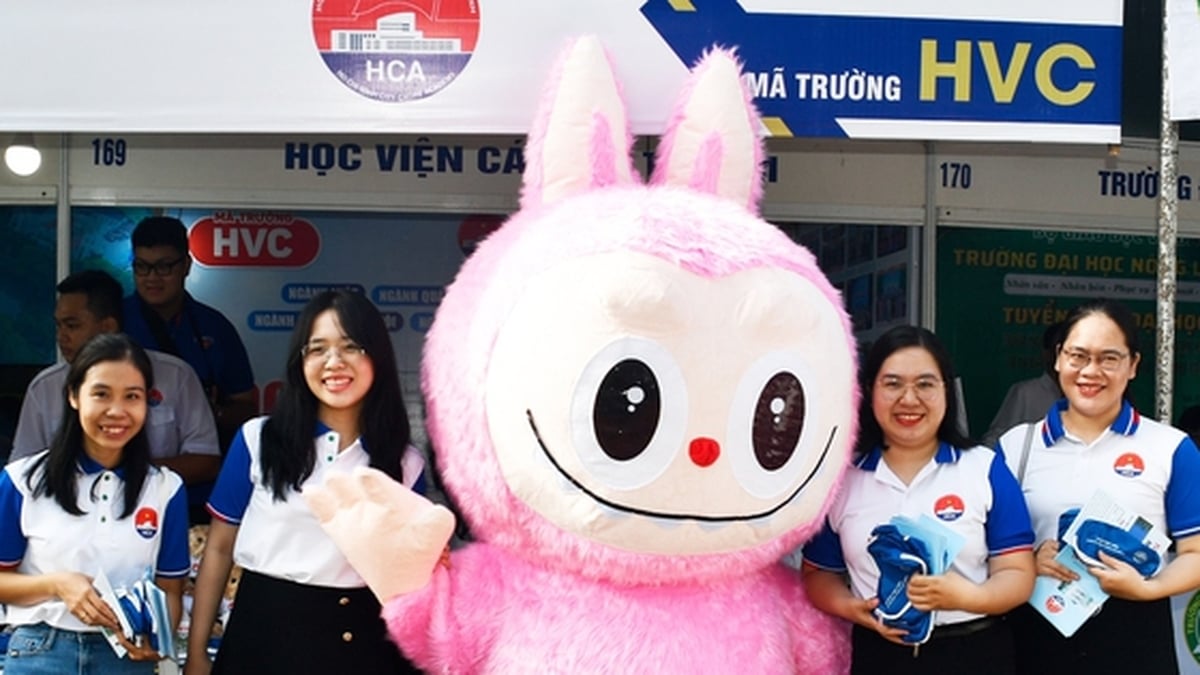Stella Terra, the world's first solar-powered all-terrain vehicle, completed a test drive across Morocco and the Sahara desert in early October.

Stella Terra, the world's first solar-powered all-terrain vehicle, can travel 710 km on a sunny day. Photo: Bart van Overbeeke Fotografie/STE
The two-seater Stella Terra was designed by students at Eindhoven University of Technology, the Guardian reported on October 17. To complete the trip, the car overcame a series of challenging terrains as a final test of its lightweight frame and aerodynamic design. The car runs on energy provided by a solar panel system on the roof, with a top speed of 145 km/h. The car weighs just 1,200 kg and has a range of about 710 km on a sunny day.
According to Wisse Bos, team manager of Solar Team Eindhoven, the technology used, including a lightweight chassis with high-efficiency solar panels, is more advanced than any other car on the market. "Stella Terra has to cope with extreme terrain conditions while remaining efficient and lightweight to run on solar power. That's why we had to design almost everything ourselves for Stella Terra, from the suspension to the inverter for the solar panels," Bos said.
The car is equipped with a lithium-ion battery, allowing it to operate in less sunny places and at shorter distances. The energy from the car's solar panel system can provide enough electricity to cook food and charge devices such as phones and cameras. The car's inverter is 97% efficient in converting the sunlight absorbed by the solar panels into electricity. Stella Terra is about 30% more efficient than originally expected.
“We hope this can inspire carmakers like Land Rover and BMW to make the industry more sustainable. The car is really comfortable off-road because it is so light and doesn’t get stuck,” said Bob van Ginkel, the project’s technical manager.
There is still a lot of work to do before Stella Terra can be brought to market, says Britt van Hulst, the project’s finance manager. The biggest challenge for solar carmakers is that there is limited surface area for solar panels, and high-efficiency batteries that generate enough energy to power a car for long distances are very expensive to produce.
Thu Thao (According to Guardian )
Source link



































































































Comment (0)